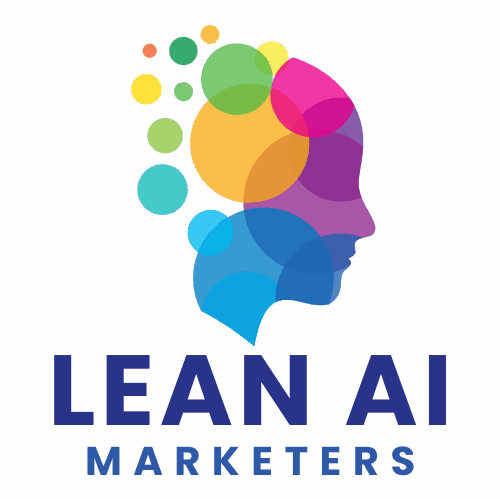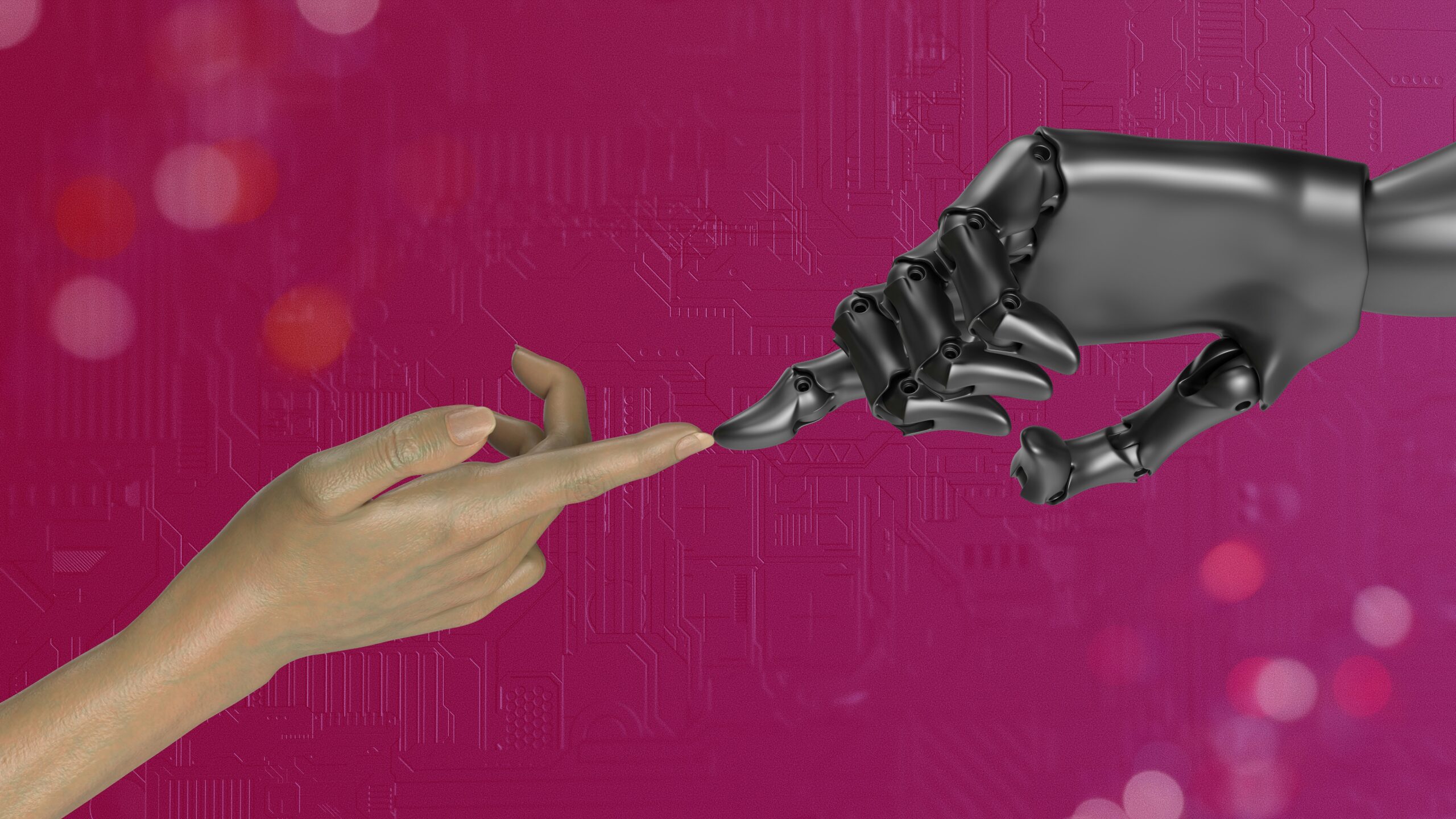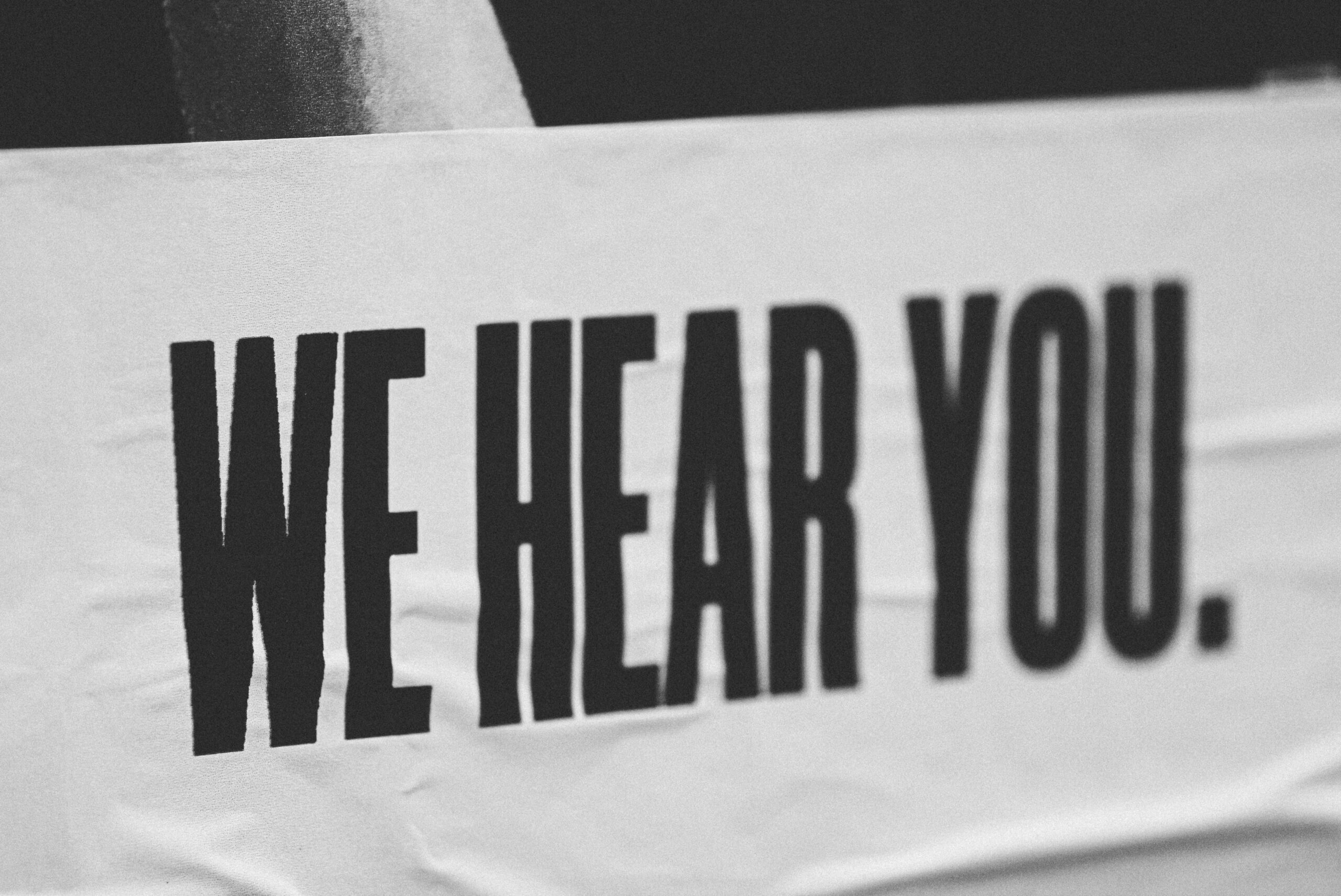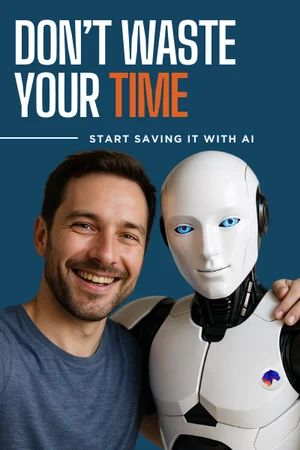Is AI Coming for Your Job? What the Latest Headlines Get Wrong!
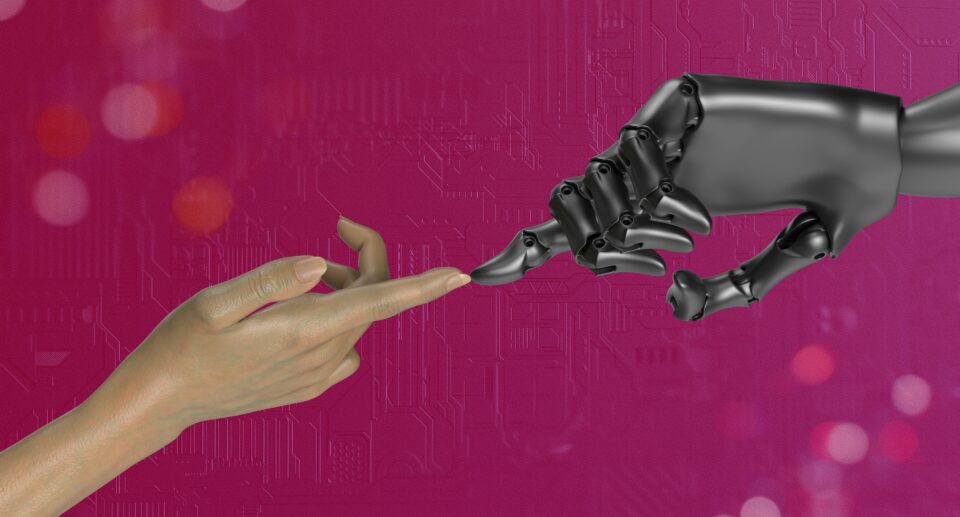
Lately, it seems like every headline is screaming that artificial intelligence is here to take over the workforce. “AI Will Replace 300 Million Jobs!” or “Chatbots Are Making Human Workers Obsolete!”
We’ve all seen them.
They’re dramatic, eye-catching, and honestly, a little terrifying. But as with most viral media narratives, the truth is a bit more nuanced.
While AI is undoubtedly transforming the way we work, the reality is not as dystopian as it’s often painted. The real conversation isn’t about a robot uprising. It’s about how work is changing, and how humans and machines will collaborate, not compete. Let’s take a closer look at what the headlines often miss.
First, we need to understand that automation isn’t new.
From assembly lines to spreadsheets, technology has always replaced certain tasks while creating others. What makes AI different is its ability to take on cognitive work—writing, analyzing, summarizing, even designing. That shift can feel more personal, more threatening. But it’s crucial to distinguish jobs from tasks.
AI isn’t replacing jobs wholesale; it’s chipping away at repetitive or easily automated tasks within jobs. And that opens up space for human creativity, strategy, and emotional intelligence to shine.
Take marketing as an example. AI can help generate email subject lines, analyze campaign performance, and suggest optimizations.
That doesn’t mean the marketer disappears. It means the marketer can move faster, test more, and focus energy on customer relationships, brand storytelling, and innovation.
That’s not job loss—it’s job evolution.
It’s also important to consider the industries most at risk. Repetitive, rules-based tasks are the low-hanging fruit for automation—think data entry, invoice processing, or basic customer service.
However even in these fields, AI doesn’t fully eliminate the human role. Instead, it changes the role. An accounts payable clerk might become an AI auditor, checking for anomalies rather than manually entering data. A support agent might step in only when the bot gets stumped.
The second big misconception is that AI will only destroy and never create.
This belief forgets a critical historical lesson: every major technological leap has eventually created more jobs than it destroyed. When ATMs came along, everyone assumed bank tellers would disappear. What actually happened? Tellers were freed up to become customer service reps, financial advisors, and small business liaisons. Banks opened more branches, not fewer.
We’re already seeing similar trends with AI. There’s a surge in demand for prompt engineers, AI trainers, data ethicists, and automation strategists. Roles that didn’t exist five years ago are now hot-ticket positions. And as AI spreads into more industries, new niches will emerge. Someone has to teach the AI, evaluate its outputs, align it with company values, and ensure it’s used responsibly.
That brings us to another point the headlines rarely mention: AI isn’t autonomous. Most AI systems still require human supervision. They work best with human-in-the-loop models, where people provide oversight, context, and feedback. Even the most advanced tools like GPT-4 or Claude need careful prompting, editing, and interpretation. Without that human guidance, their outputs can be off-target, biased, or just plain weird.
Moreover, many organizations aren’t adopting AI as fast as the headlines suggest. There are barriers—cost, compliance, training, infrastructure. Not every small business can afford custom LLM integrations or AI governance frameworks.
And not every enterprise is ready to overhaul its operations overnight. AI adoption is happening, yes, but in waves and fits, not a tsunami.
Even in industries where AI adoption is accelerating, workers still hold a massive advantage. Why? Because context, empathy, and trust matter. Customers want to connect with a real human when they’re frustrated. Leaders need teams that can think beyond the data. Employees who combine technical fluency with human insight will become even more valuable.
So, what should you do if you’re worried AI is coming for your job?
The answer isn’t to resist it it’s to reposition yourself.
Focus on what makes you uniquely human. Hone your ability to communicate, collaborate, and solve complex problems. Learn how to use AI tools to do your job better and faster. If you’re a designer, use AI to generate first drafts and then refine them with your taste. If you’re a salesperson, use AI to analyze lead behavior and tailor your pitch. If you’re a founder, use AI to scale without burning out.
Upskilling is more accessible than ever. Platforms like Coursera, LinkedIn Learning, and even YouTube offer free or low-cost courses on AI basics, prompt writing, automation strategy, and more. Investing in your digital literacy isn’t just wise—it’s essential.
Also, don’t underestimate the value of community. Join forums, Slack groups, or professional associations that are exploring AI in your industry. Stay informed, but don’t get swept up in the hype. The future belongs to those who can adapt, not panic.
AI is a tool, not a replacement!
Just like the printing press, the internet, or the smartphone, AI will reshape our work. But it won’t erase the need for people. In fact, as machines handle more of the mundane, human skills become the premium offering.
Ask yourself how can I use this tool to become even more valuable?
Because the future of work isn’t man versus machine. It’s human + machine. And that equation still heavily favors the humans who know how to lead.
